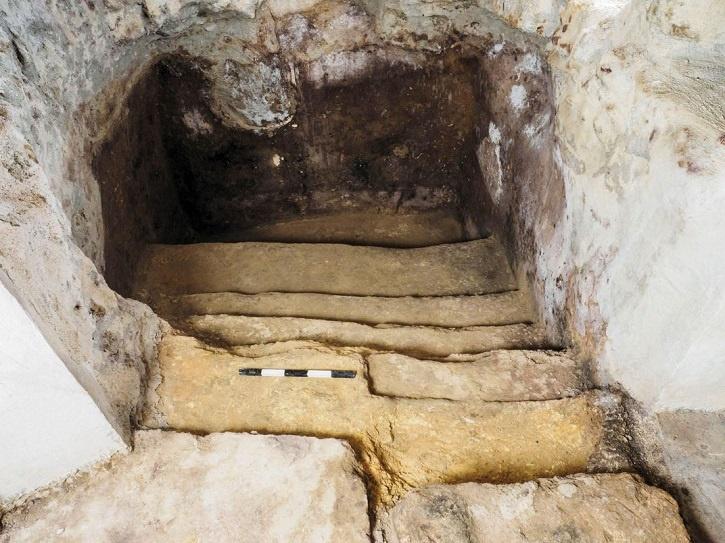UK Archaeologist Claims To Have Found Jesus Christ’s Childhood Home In Israel
The stone altar 2,800 years old offers insights into the acquisition of Atroth in Jordan. An archaeologist from Britain sheds new light on a fascinating ancient site under a convent in Nazareth.
Ken Darke, a professor at the University of Reading, investigates the archaeological history of the area underneath the Nazareth Convent, which is said to be the site of the childhood home of Jesus, in his new book, Sisters of the Nazareth Convent.
Research states that a partially rock-cut Early Roman-period house was found at the historic site, as well as Roman-era excavations and burials, a well-preserved cave-church, and prominent surface-level Byzantine And evidence from the Crusader churches was found. .
Cave churches and later churches are believed to be associated with the ancient house.
Dark in 2015 Identified The first century AD house within the crypt or cellar of the Byzantine Church which was later built on top of it. The houses and relics of the Byzantine Church are preserved within the Sisters of the Nazareth Convent.

“This is certainly a site that throws a lot of light on what was in Nazareth of the first century, and there is no reason to discount the possibility that the people who built the Byzantine Church were probably the first May have been right in identifying — the century home as the childhood home of Jesus, ”Pro Dark told Granthshala News via email.
In his research, Darke states that the first archaeological discovery at the site occurred in the 1880s, leading to a series of excavations by the nuns of the convent until the 1930s.
The site was then examined by Henry Senes, a Jesuit priest and former architect based at the Pontifical Bible Institute in Jerusalem. Senius worked there from 1936 and 1964, drawing detailed descriptions of the structures discovered by the nuns, but according to Dark did not publish any academic papers or research on the site. The site was then largely forgotten by experts.
In 2006, Dark established a new project to reorganize the site and investigate earlier research. The archaeologist found that a first-century house on the site later formed part of the quarry and then rock-cut tombs.
According to research sent to Granthshala News, “a burial on the site, probably in the fourth century, a cave-church was built in the hill adjacent to the first-century house.” “A large surface-built church was built in the fifth century, above the first-century house and the fourth-century cave church.”
The large and elaborate church complex may have been the Byzantine Nazareth church and survived to the fifth and seventh centuries, possibly described as the church’s nurture in the “de locis sanctis”, which was dated to the seventh century by the Irish monk Adomon Work.
“Their description exactly matches the archaeological features of the site,” Dark’s research says. “If so, the first-century house was recognized as the place where Jesus was brought, judging from the cave-church.”
According to research, the cave-church is probably described by the pilgrim Agaria in a fourth-century account of Nazareth.
“There is no archaeological reason that identification is impossible, although it is unable to prove it using any available archaeological or written evidence,” the research says.

Last year, in a separate project, the room was hailed as the Last Supper of Jesus revealed in stunning detail thanks to the stunning 3D laser scanning technology.





